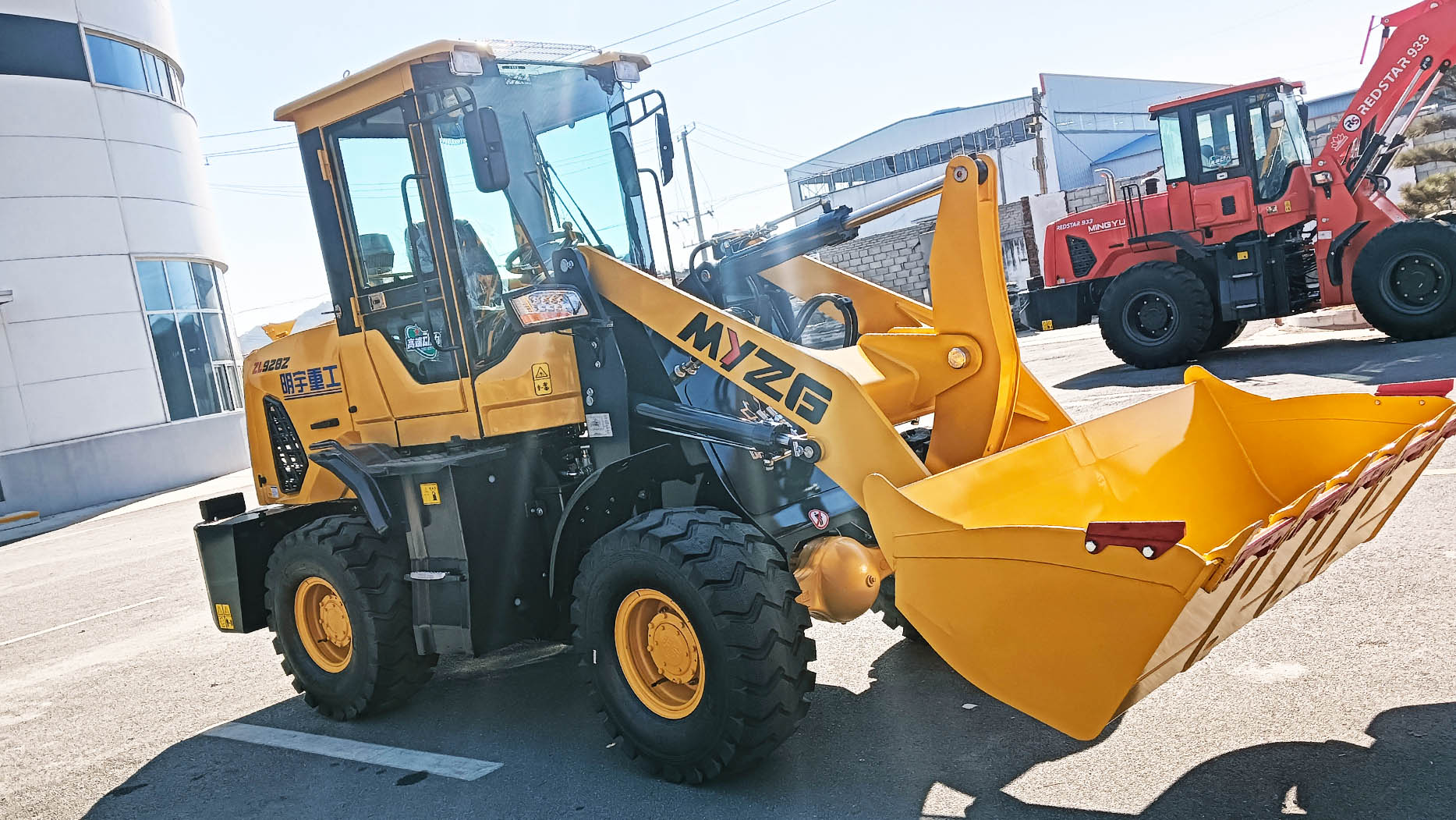I. Introduction
Wheel loaders are vital assets in construction, mining, and material handling operations, tasked with moving significant volumes of material efficiently. Productivity, in this context, refers to the amount of material a wheel loader can move within a given time frame. Accurately calculating this productivity is not just an academic exercise; it's a cornerstone of effective project planning, cost estimation, and resource management. Underestimating productivity can lead to project delays and cost overruns, while overestimating can result in inefficient resource allocation. This article provides a comprehensive guide to understanding and calculating wheel loader productivity, empowering project managers and operators to optimize their operations.
II. Key Factors Affecting Wheel Loader Productivity
Several factors interplay to determine a wheel loader's productivity:
Machine Specifications:
Bucket Capacity: The struck and heaped capacities dictate the volume of material moved per cycle.
Engine Power and Hydraulic Performance: Influence the speed and efficiency of loading and dumping.
Cycle Times: The time taken for loading, traveling, dumping, and returning significantly impacts hourly output.
Machine Weight and Size: Affect maneuverability and travel speeds.
Material Characteristics:
Material Density and Swell Factor: Heavily influence the weight and volume of material moved.
Material Type and Handling Properties: Some materials are easier to handle than others.
Moisture Content and Compaction: Affect material density and handling.
Job Site Conditions:
Haul Distance and Grade: Longer distances and steeper grades increase cycle times.
Terrain Conditions and Accessibility: Rough terrain reduces travel speeds and increases cycle times.
Weather Conditions and Visibility: Rain, snow, and fog can hinder operations and reduce productivity.
Operator Skill and Efficiency:
Operator Experience and Training: Skilled operators can significantly reduce cycle times and improve efficiency.
Operator Fatigue and Work Schedule: Fatigue reduces efficiency and increases the risk of errors.
Communication and Coordination: Effective communication between operators and other personnel is essential.
Job Layout and Management:
Loading and Dumping Locations: Efficient layout minimizes travel distances and cycle times.
Traffic Flow and Congestion: Congestion reduces productivity and increases the risk of accidents.
Maintenance and Downtime: Regular maintenance minimizes downtime and ensures optimal performance.
III. Basic Productivity Calculation Formulas
Theoretical Productivity:
This represents the maximum potential productivity under ideal conditions.
Formula: (Cycles/Hour) x (Material Volume/Cycle) = Theoretical Productivity.
Adjusting for Job Efficiency:
Real-world operations are never perfect. Job efficiency factors account for downtime and delays.
Formula: Theoretical Productivity x Job Efficiency Factor = Actual Productivity.
IV. Detailed Productivity Calculation Steps
Step 1: Determine Bucket Capacity:
Identify the struck and heaped capacities of the wheel loader's bucket.
Select the appropriate capacity based on the material being handled.
Step 2: Calculate Cycle Time:
Break down the cycle into loading, traveling to dump, dumping, and returning.
Estimate or measure the time for each segment.
Account for variations in haul distance and terrain.
Step 3: Calculate Cycles per Hour:
Divide 60 minutes by the total cycle time.
Step 4: Calculate Material Volume per Cycle:
Use the bucket capacity and swell factor to determine the actual volume of material moved per cycle.
Adjust for material density if necessary.
Step 5: Calculate Theoretical Productivity:
Apply the basic productivity formula.
Step 6: Apply Job Efficiency Factors:
Estimate or measure job efficiency based on historical data or time studies.
Adjust for downtime due to maintenance, delays, and other factors.
Step 7: Calculate Actual Productivity:
Apply the adjusted productivity formula to obtain the estimated actual productivity.
V. Advanced Productivity Calculation Techniques
Using Time Studies and Field Measurements:
Conduct time studies to measure cycle times and material volumes in real-world conditions.
Use GPS and telematics data for real-time tracking and analysis.
Simulation and Modeling:
Use software to simulate wheel loader operations and model different scenarios.
Predict productivity under various conditions and optimize job site layouts.
Data Analysis and Optimization:
Analyze historical data to identify trends and patterns.
Use data to optimize job site layout, traffic flow, and operations.
Implement continuous improvement strategies based on data-driven insights.
VI. Practical Considerations and Best Practices
Regular Maintenance and Inspections:
Ensure the wheel loader is in optimal condition to minimize downtime and maximize efficiency.
Operator Training and Skill Development:
Provide comprehensive training on efficient operation and safety procedures.
Encourage continuous skill development and knowledge sharing.
Job Site Management and Coordination:
Optimize traffic flow and minimize congestion.
Ensure clear communication and coordination between operators, supervisors, and other personnel.
Weather and Environmental Considerations:
Plan for weather-related delays and adjustments.
Implement dust control and erosion prevention measures.
VII. Case Studies and Examples
Provide real-world examples of productivity calculations for different types of projects and materials.
Demonstrate how different factors impact productivity in various scenarios.
Analyze successful projects and identify best practices for optimizing wheel loader productivity.
VIII. Conclusion
Accurately calculating wheel loader productivity is essential for effective project management and cost estimation. By understanding the key factors that influence productivity and applying the appropriate calculation methods, project managers and operators can optimize their operations, minimize costs, and ensure project success. Continuous improvement through data analysis, simulation, and best practices is crucial for maximizing the efficiency and effectiveness of wheel loader operations.
Post time:Feb.28.2025



